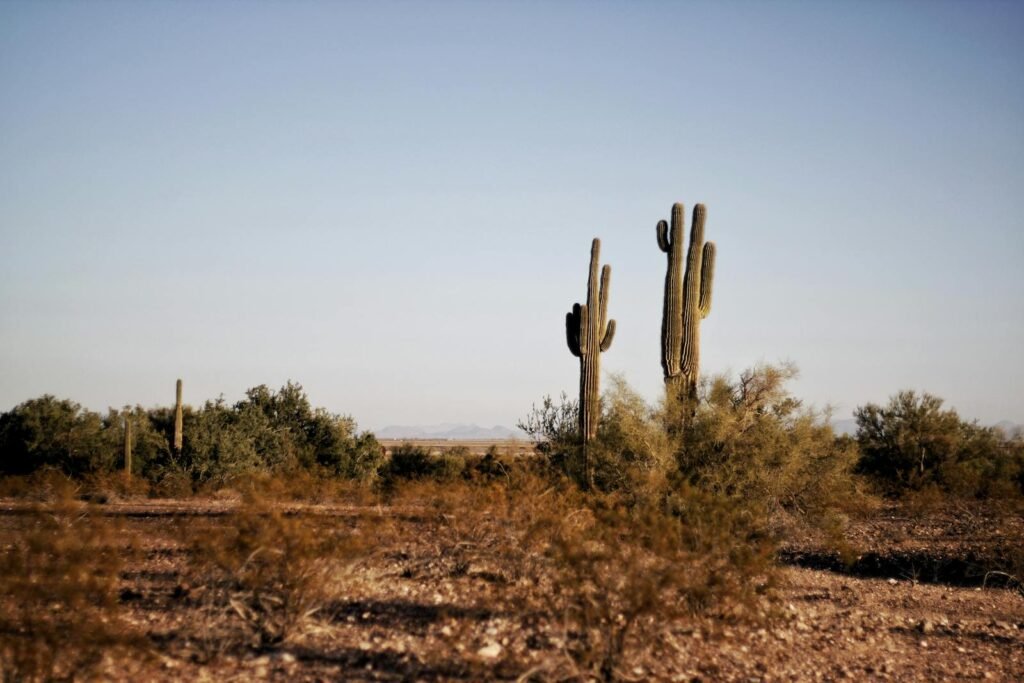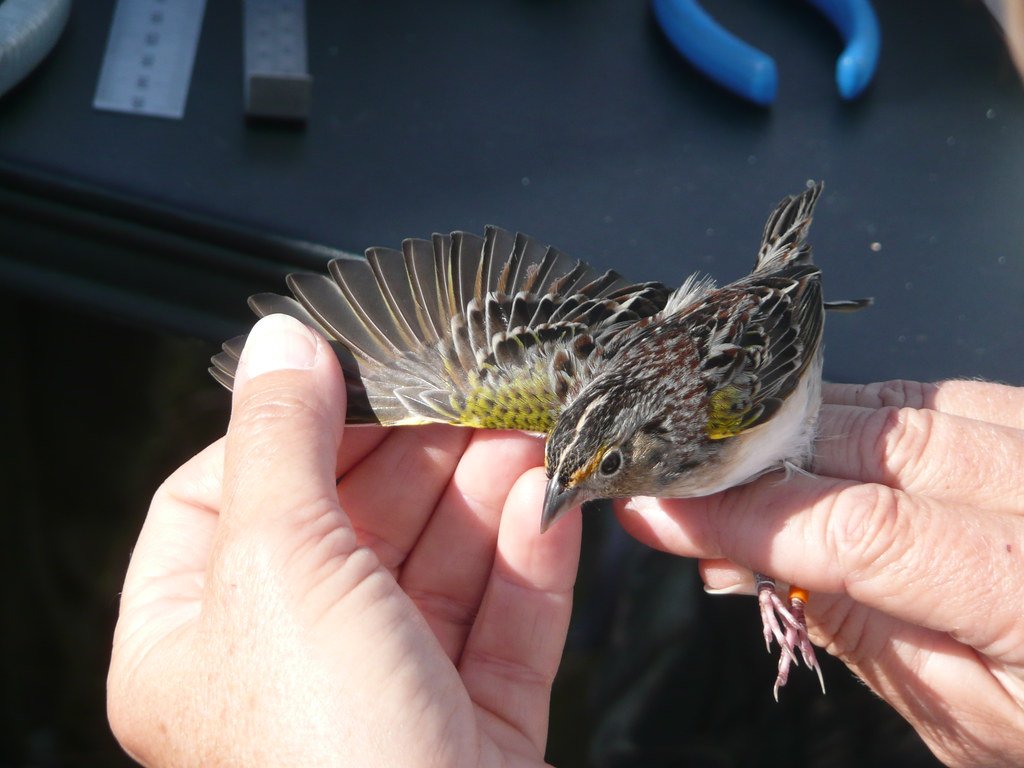Imagine standing under a midnight sky in the heart of the Sonoran Desert, surrounded by towering saguaro cacti. The air is thick with the scent of blooming flowers, and the silence is broken only by the gentle whir of wings and the faint rustle of movement. What unfolds here, mostly unseen by human eyes, is a complex and astonishing dance—a nightly drama of survival, beauty, and transformation. The saguaro cactus, an icon of the American Southwest, depends on a secret league of pollinators who navigate moonlit landscapes and shifting climates to keep the desert alive.
The Saguaro: A Desert Giant with a Delicate Need
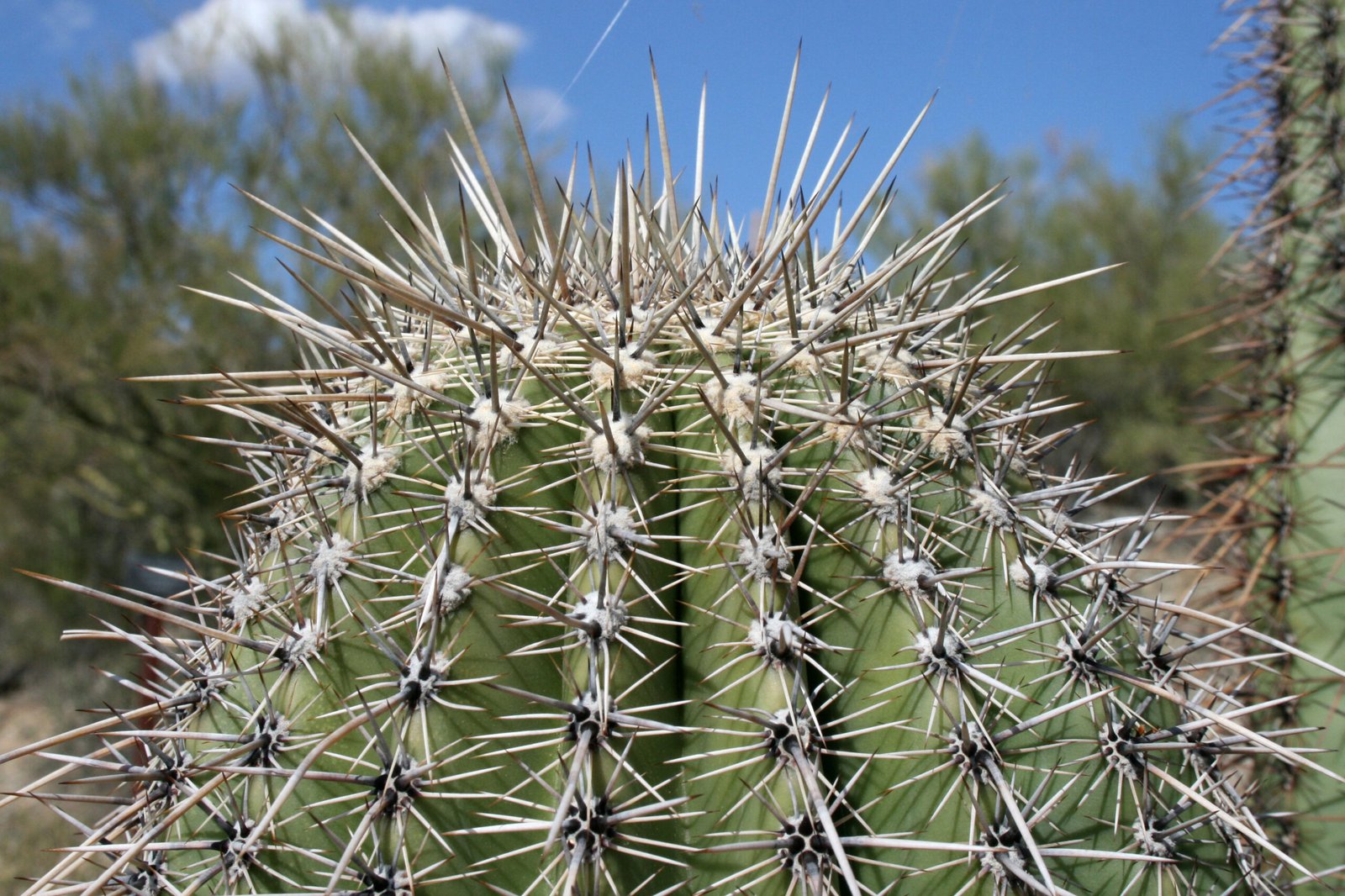
Saguaros can live for over two centuries, growing taller than a house and weighing as much as a small car. Their white flowers, which appear only for a short time in late spring, are among the most striking sights in the desert. But these blooms are not just beautiful; they are lifelines. Each flower opens for just one night, relying on pollinators to transfer precious pollen from bloom to bloom. Without these pollinators, the saguaro’s future would hang in the balance. The relationship is so intimate that the cactus’s survival is tied to the fate of its pollinating partners.
Meet the Night Shift: Bats on the Wing
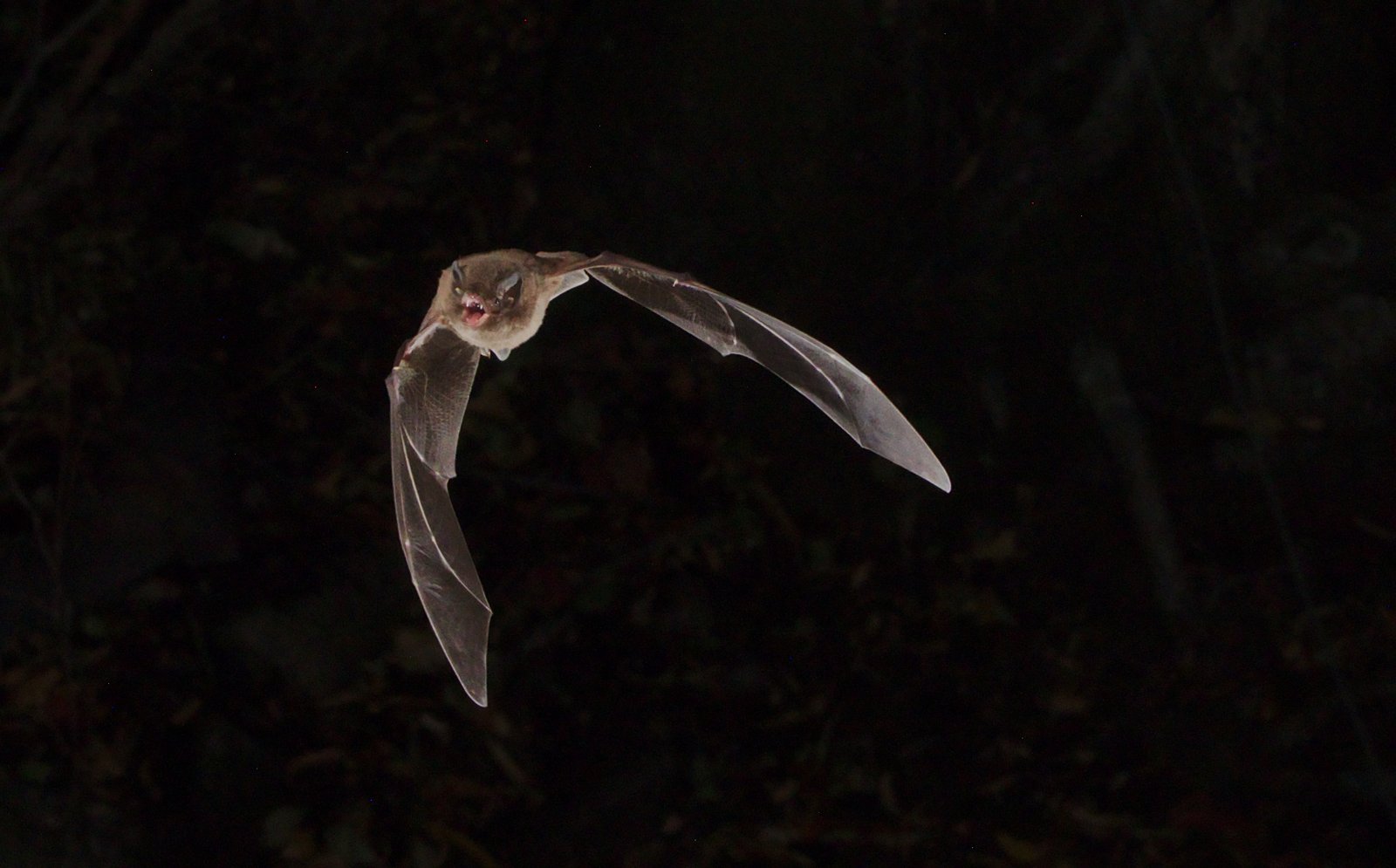
As dusk falls, lesser long-nosed bats and Mexican long-tongued bats emerge from their roosts, hungry after a day of hiding from the desert heat. With tongues longer than their heads and noses perfectly shaped for sipping nectar, these bats are the saguaro’s most important nighttime visitors. Flapping from flower to flower, they pick up sticky pollen on their faces and carry it across the desert. The bats’ nightly journeys can cover miles, making them essential couriers in the saguaro’s reproductive story. These bats are not just pollinators; they are lifelines for the entire desert ecosystem.
Daytime Heroes: Bees Take the Stage
While bats rule the night, bees claim the day. Native bees, such as the cactus bee and the sweat bee, are drawn in by the saguaro’s sweet fragrance and abundant pollen. Their visits are frequent and enthusiastic, as they buzz from bloom to bloom under the scorching desert sun. By morning, the flowers are alive with their activity. Bees are careful, precise pollinators, ensuring the saguaro’s genetic diversity is preserved. Some bees even specialize in cactus flowers, showing how deeply intertwined their lives have become with the saguaro.
Butterflies and Moths: The Unsung Drifters
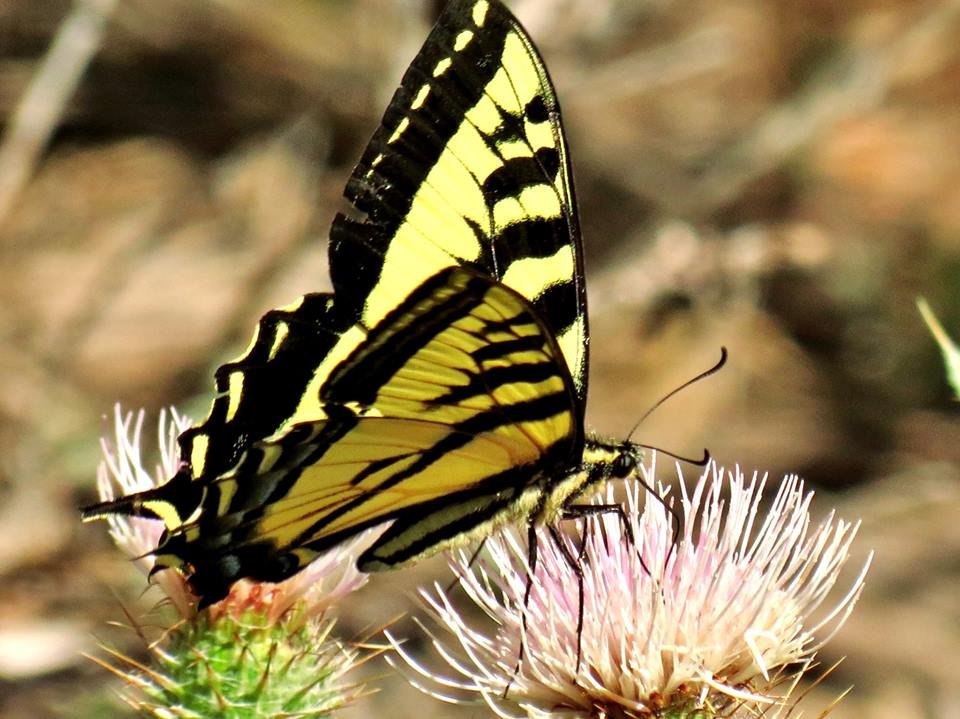
Though less efficient than bats and bees, butterflies and moths play a surprising role in the saguaro’s story. Drawn by the cactus’s nectar, these delicate creatures flutter from flower to flower, occasionally brushing against the pollen-laden stamens. Their contribution may seem minor, but in the intricate web of pollination, every effort counts. Especially in areas where other pollinators are scarce, these winged drifters can help ensure that at least some flowers are fertilized. Their presence adds color and diversity to the desert’s pollination community.
Birds of the Desert: Gila Woodpeckers and More

Gila woodpeckers and white-winged doves are among the saguaro’s feathered friends. Early in the morning, these birds perch on the cactus’s arms, probing the blooms for nectar. As they feed, their heads and beaks become dusted with pollen, which they unconsciously spread to the next flower. White-winged doves, in particular, migrate hundreds of miles just to feast on saguaro blooms, highlighting the cactus’s vital role in the desert’s food web. These avian visitors are a testament to the interconnectedness of desert life.
Climate Change: A New Challenge for Pollinators
The desert is heating up, and the rains are becoming less predictable. These changes threaten to unravel the delicate timing between saguaro blooms and their pollinators’ life cycles. If the flowers open before the bats or bees are active, pollination may fail. Prolonged droughts can reduce flower numbers, shrinking food sources for pollinators. Rising temperatures can also shift the ranges of bats, bees, and birds, disrupting ancient migration and feeding patterns. The saguaro’s dependence on its pollinators makes it especially vulnerable to these rapid changes.
Human Impact: Threats and Hope
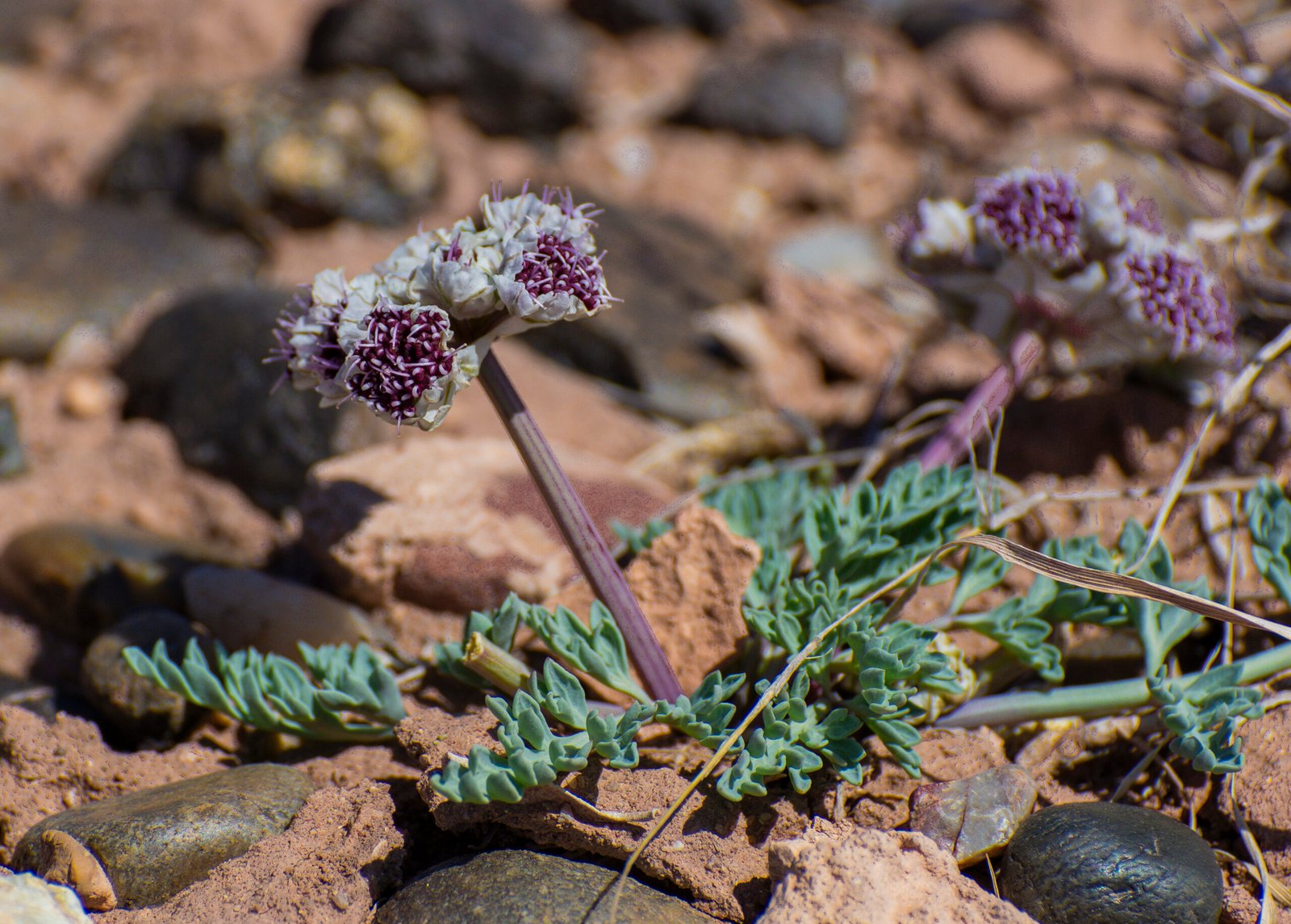
Urban expansion, light pollution, and pesticide use further complicate the survival of saguaro pollinators. City lights can disorient nocturnal bats, leading them away from flowering cacti. Roads and development fragment the desert, making it harder for pollinators to find food. Yet, there is hope in conservation efforts—protected habitats, pollinator gardens, and community science projects all play a role in safeguarding these relationships. People who plant native flowers and reduce pesticide use can help sustain the pollinators that saguaros rely on.
Survival Strategies: Adaptation in Action
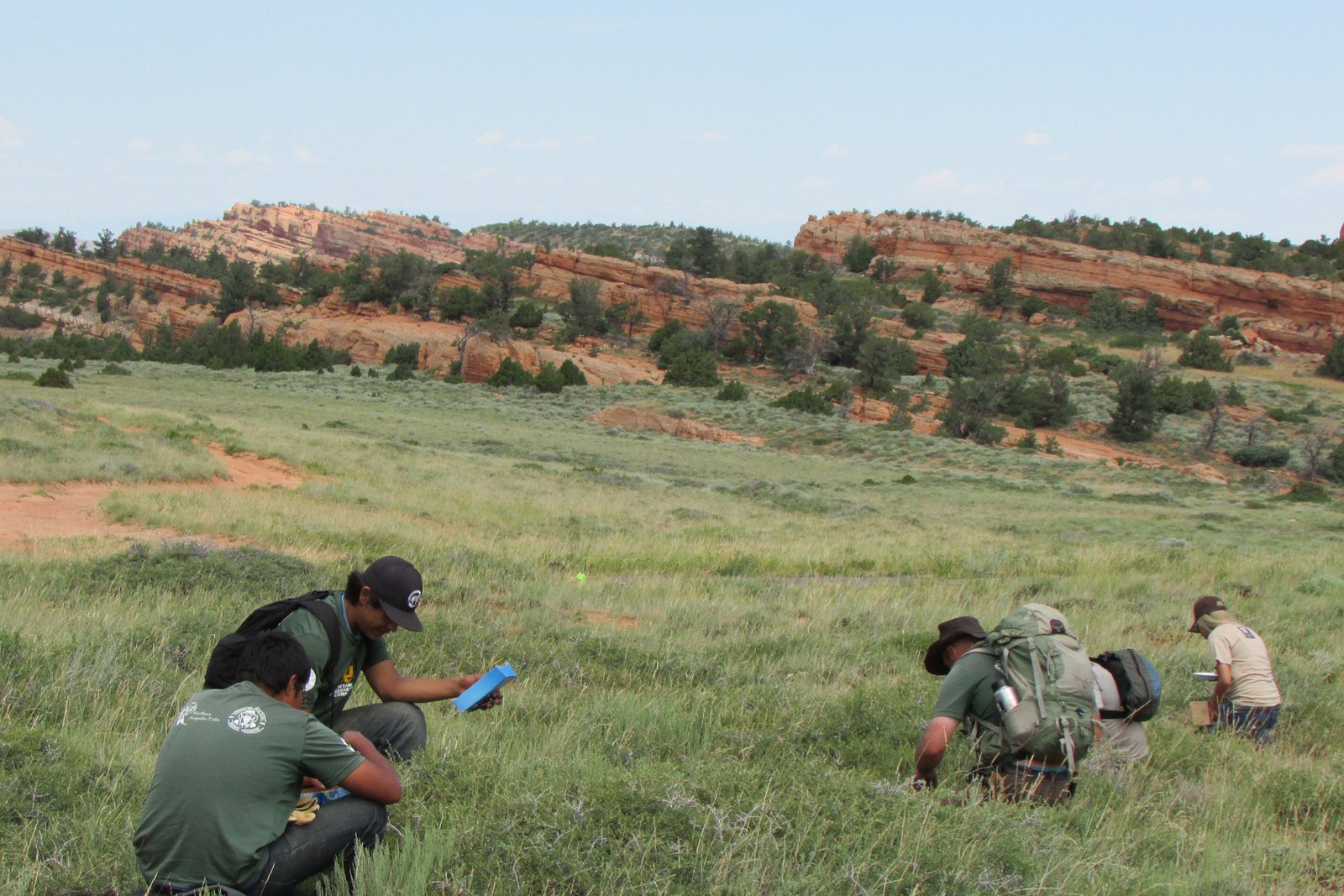
Saguaros and their pollinators are not passive victims; they are survivors. Some bats have shifted their migration timing to better match the cactus’s blooming period. Bees are known to forage earlier or later in the day depending on flower availability and temperature. Even the saguaros may adapt, changing the timing or number of their blooms in response to environmental cues. This dance of adaptation shows the resilience and resourcefulness of desert life, but it also highlights the limits of what these species can endure.
The Web of Life: More Than Just Pollination
The saguaro’s pollinators support more than just cactus reproduction. When bats, birds, and insects feast on nectar and pollen, they become food for predators or nourish their own young. Fruits that develop from pollinated flowers feed desert mammals, reptiles, and even humans. In this way, the work of pollinators echoes through the entire food chain. The loss of any pollinator can send ripples across the desert, affecting countless other species that depend on the saguaro for shelter or sustenance.
Why It Matters: A Call to Wonder and Action
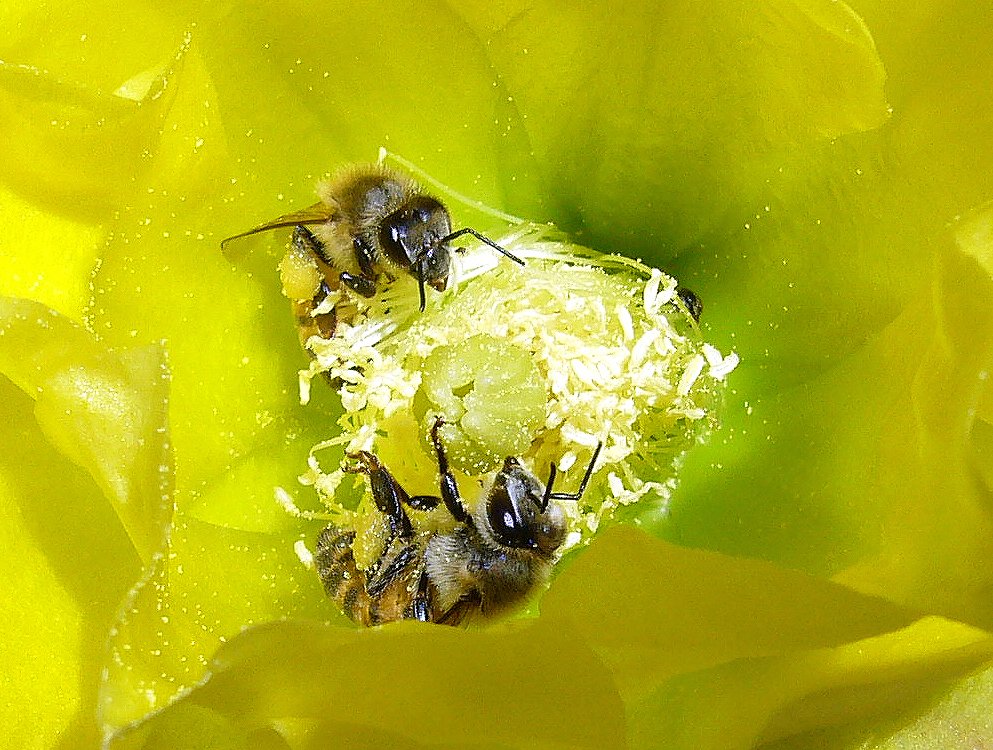
The hidden world of saguaro pollinators is a testament to the extraordinary complexity and fragility of desert life. Each night, while most of us sleep, bats, bees, birds, and insects perform a life-sustaining ballet that keeps the desert blooming. Their struggles and triumphs remind us that even the mightiest cactus depends on the smallest creatures. As our world changes, their fate and the future of the saguaro hang in the balance. Will we choose to pay attention, to protect, and to marvel at this ancient partnership before it’s too late?

